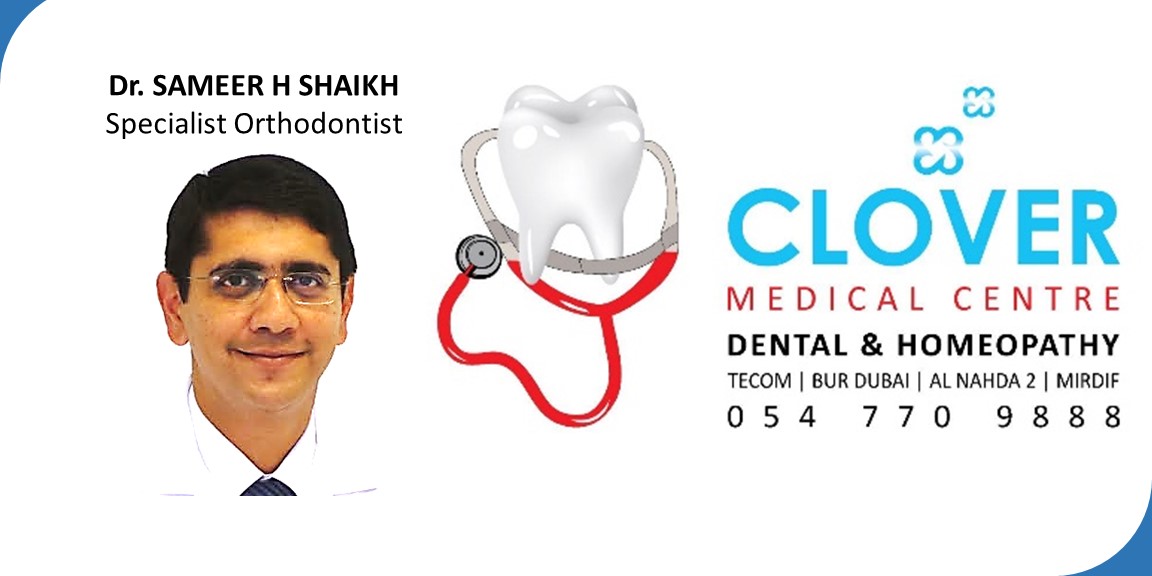Like brushing and flossing, getting regular dental X-rays is an integral part of your overall oral health.
Dental radiographs allow your dentist to see what’s going on beneath the surface of your teeth and gums using X-ray technology to uncover decay, gum disease, infection, tooth cracks, presence of wisdom tooth, bone loss and other problems that aren’t visible to the eye; meaning faster&more efficient care for you!
HOW OFTEN SHOULD I GET A DENTAL RADIOGRAPH?
New patients typically require more than the normal number of x-rays to ensure their mouth health is optimal and determine the overall condition of their mouth as a baseline.If you have previously seen another dentist, a fresh set of X-rays will give your new practitioner acomplete picture of your teeth and gums. Your previous records can be requested forcomparison.
While this may vary depending on the person, the bare minimum, you should get an x-ray is at your annual or bi-annual dental appointment and cleaning. But you may not need X-rays every time you have a checkup, especially if you don’t tend to have many cavities. Children often require more X-rays than adults due to the unpredictable and vulnerable nature of their teeth.
Periapical x-rays are dental x-rays that take a picture of the whole tooth and root together, which are specially recommended during and after a root canal treatment (RCT). A minimum of 5 to 6 radiographs are required for predictable endodontic therapy(two pre, two during, &two after an RCT). You may not be aware of a problem with the tooth because the feeling part (or nerve) of the tooth was removed during an RCT, hence, dental x-rays help to determine if the infection is gone and protect your investment after aRCT and monitor the health of the inside of your teeth.
ARE DENTAL RADIOGRAPHS SAFE?
While dental X-rays do involve radiation, the exposed levels are so low that they’re considered safe for children and adults.
Radiographs are considered safe for the pregnant patient, at any stage during the pregnancy. Further, the American Congress (formerly “College”) of Obstetricians and Gynecologists recommends that abdominal and thyroid shielding be used for pregnant patients when radiographs are being taken.Before having an X-ray, tell your dentist if you are or might be pregnant. Depending on the circumstances, it might be possible to postpone the X-ray or modify it to reduce the amount of radiation.
PREPARING FOR A DENTAL RADIOGRPH
At the dentist’s office, you’ll sit in a chair with a lead vest across your chest and lap. The X-ray machine is positioned alongside your head to record images of your mouth. Some dental practices have a separate room for X-rays, while others perform them in the same room as cleanings and other procedures, depending on the type of radiograph required.
This process is quick and painless and requires no more than a few minutes of your time. The benefits, however, can last a lifetime!
AFTER A DENTAL RADIOGRAPH
When the images are ready — instantly in the case of digital X-rays — your dentist will review them and check for abnormalities. If your dentist finds problems, they’ll discuss your treatment options. If your dentist finds no problems, keep up the good work!
If you haven’t had an x-ray in a while and are looking to have this preventative measure to make sure you are in optimal dental health, schedule an appointment today with Clover Medical Centre!
We’re happy to take care of you and look forward to meeting you!
